
Faroese Cattle
- Home
- Our work
- Farm animals
- Nordic native breeds
- Faroese Cattle
Origin: Faroe Islands
Native name: Føroysk neyt
Danish name: Færøsk kvæg
Weight: 366kg (cows)
Height: 122cm (cows)
Colour: Mainly black
Type: Combination breed
Birthweight: estimated 27kg
Number of breeding females 2020: 0
Not at Risk – Vulnerable – Endangered – Critically Endangered – Extinct
Kept isolated
The first settlers came to Faroe Islands 12-1500 years ago. The cattle population was kept isolated on the islands in the following hundreds of years. In 1886, the agricultural advisor Rasmus Effersøe, wrote the first description of the breed. He describes the Faroese cattle as small with short legs, short horns and mainly black. Concurrently, he documented the first import of cattle to the Faroe Islands. He believes that the original cattle on the Faroe Islands was imported from Norway and document continuous import of a broad range of breeds to the Islands; Funen breed (beginning of 1800), Swiss cattle (1830), Jutland cattle (1850), Angeln cattle (1852), Jutland cattle (1852), Norwegian breed (1865), Orkney Islands (1876). Import of cattle breeds continues with Ayshire Shorthorn, Yorkshire-Ayshire and Dutch breed (late 1800), Jutland cattle (1882), Angeln cattle (1886), RDM (1924), Danish grey spotted cattle (1940), Jersey (1950) and NRF, Danish Holstein as well as Norwegian Red Polled cattle (1958-2018).

Insemination station
The greatest impact from the imported breeds can be traced back to 1958 with the implementation of insemination. Initiatively, two Western Red Polled bulls were imported from Norway. The bulls became part of the newly established insemination station. Their semen was distributed to most parts of the Faroe Islands. In 1963 two more bulls was imported from Norway. They were used until 1965, where one started to import frozen semen from Norway. In 1968, one started to use semen from Norwegian Red and in 1993 semen from Danish Holstein where used in addition. In 1990, a few years before they started to use semen from Danish Holstein, few heifers where imported from Iceland. Decades later it was still possible to find descendants after crossbreeding between the Icelandic heifers and both Norwegian Red as well as Danish Holstein.
Not suitable for milking machines
The large degree of crossbreeding used in Faroe Islands was mainly due to the original breed not being suitable to the newly developed and implemented milking machines. The udders were typically asymmetrical with teats that did not fit in the teat cups. In addition, the farmers wanted to experience the effects of being part of an organized breeding programme, which there had been no practice or history of in the Faroe Islands. Concurrently, the number of cows decreased drastically, and it became too expensive to keep bulls in each herd. Therefore, insemination became a necessity. In 1987, Hestur, the last island that had bulls in their herd, started to use insemination with semen from Norwegian Red. However, the island had already used Norwegian Red bulls in breeding since 1981. The effect on the milk yield was immediate and as response the yield increased from 2890 to 5888 litre per cow from 1980 to 1991.
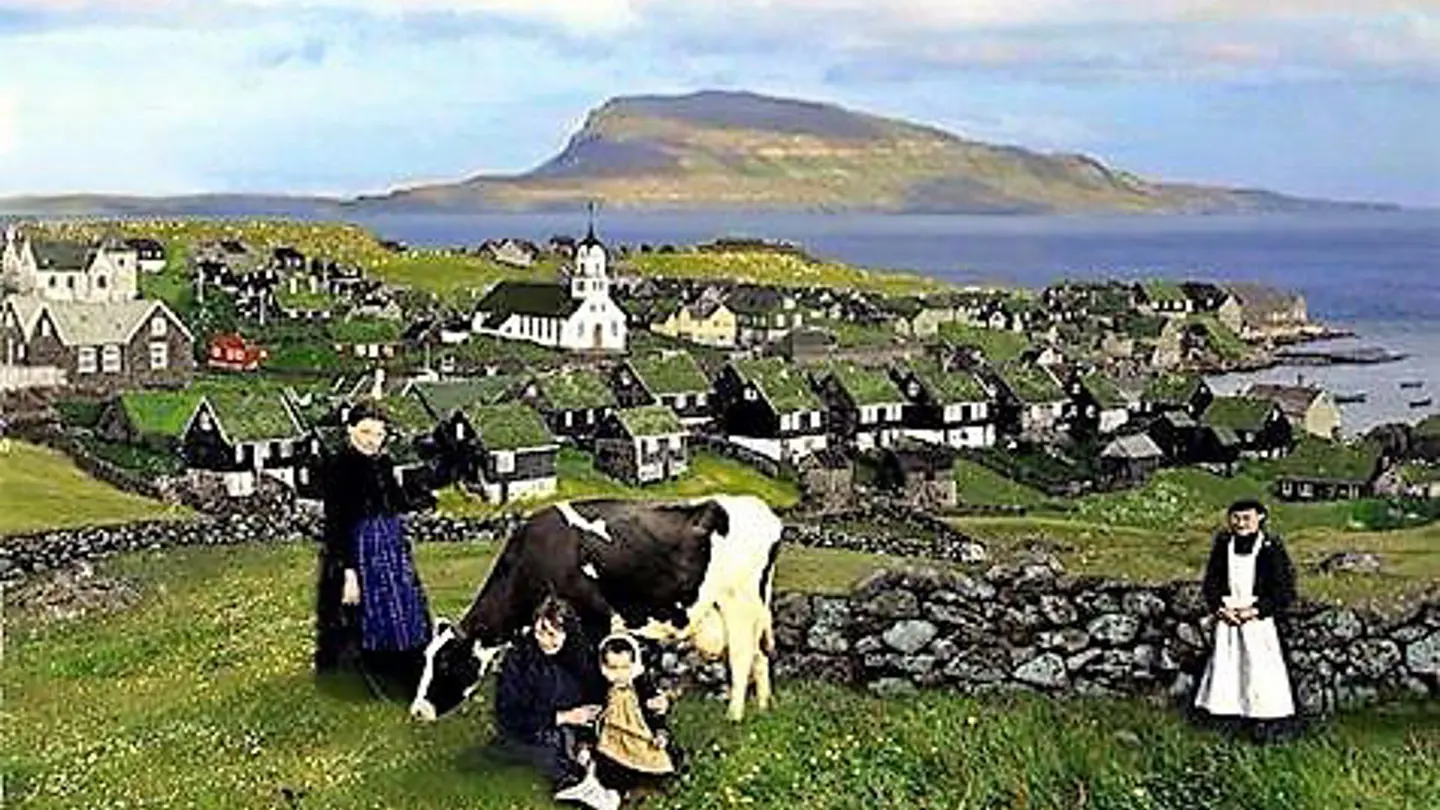
Genomic analysis
Approximately 1000 cows remained on the Faroe Islands in 2003. However, they where all considered as either Norwegian Red or Holstein. However, some cows had some resemblance with the original cattle. At this point of time, a genomic analysis on a selection of the remnants was conducted to determine the degree of genes conserved in the current population. Unfortunately, the analysis showed that no pure individuals from the original breed existed. Few selected individuals that resembled most of the original breed was gathered, and semen was tapped from the bull calves. One hoped that it was possible to conserve the remaining genes, of the original breed, in an in situ programme. In 2018, the programme consisted of 8 descendants. Unfortunately, a new genomic analysis showed that the 8 individuals in the conservation programme genomic resembled Norwegian Red. Therefore, one chose to extract embryos for preservation. This will allow researchers to conduct genomic research as well as find a solution to reintroduce cattle more closely related to the original cattle on the Faroe Islands.
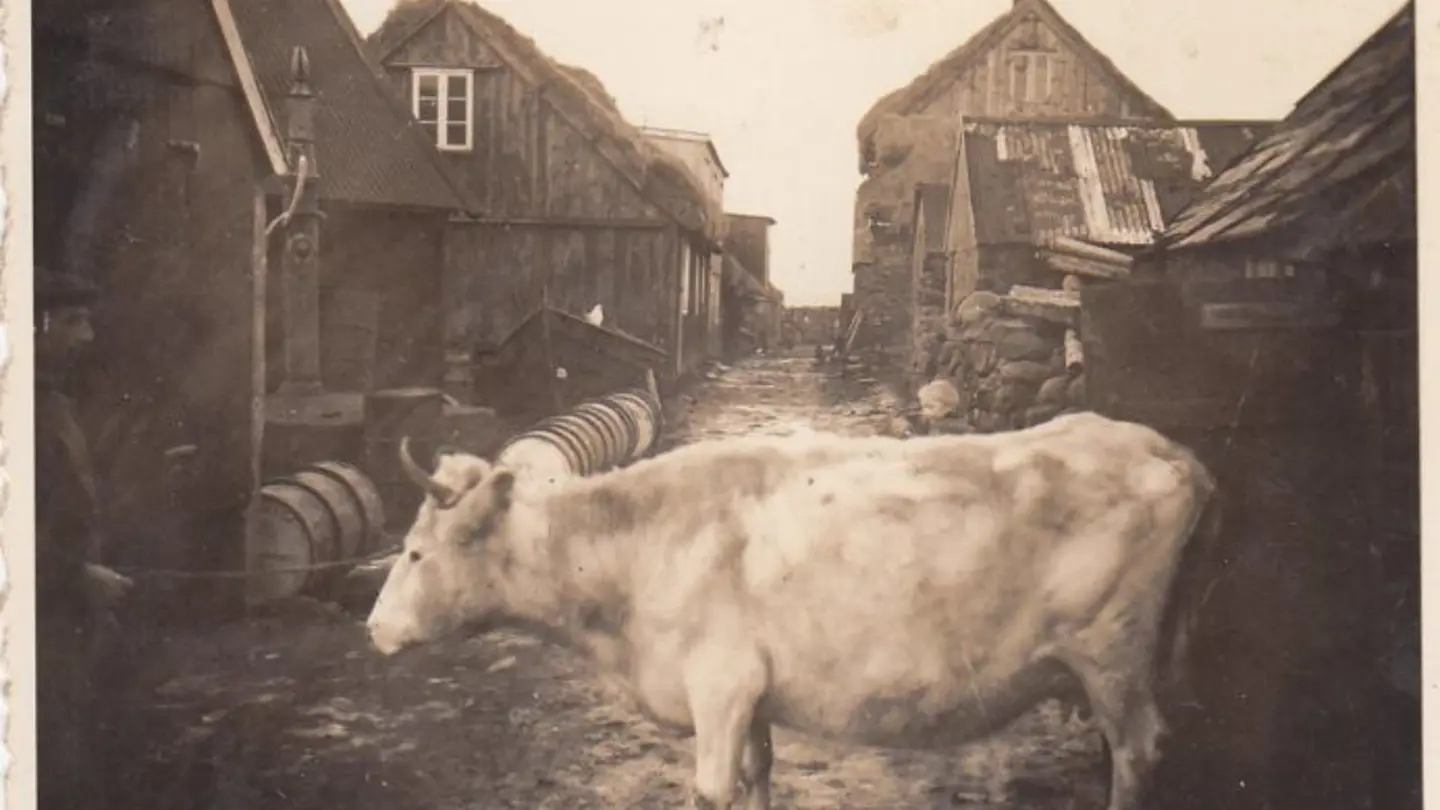
References
Djurhuus, R. (2020). Personal communication.
Read more about our other native breeds
-
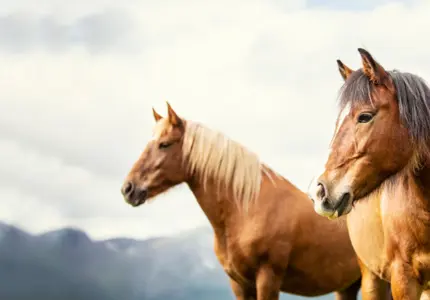
Nordland/Lyngen Horse
The first known and documented exhibition where this breed participated, was in 1898 at Lyngseidet in Troms. In the 1930s, organized breeding of Nordland/Lyngen horses started.
Read more about the breed
-
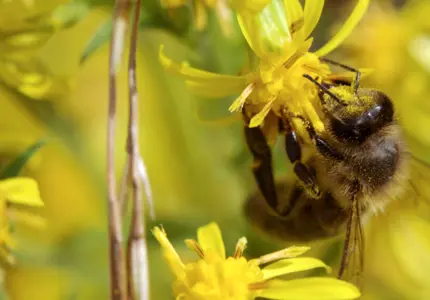
The Nordic brown bee
Honey bees are threatened by intensive agriculture, habitat loss and climate changes worldwide and are important to conserve, not only due to their honey production but also due to their pollination services.
Read more about the breed
-
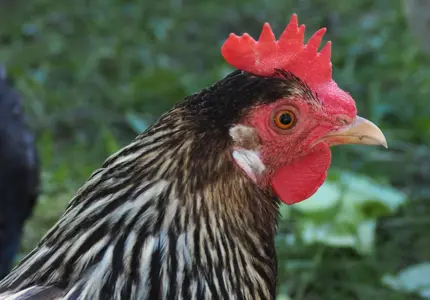
Finnish Landrace Chicken
In 1974, the agricultural advisory agency collaborated with Seiskari and published a call to find remains of the Finnish landrace chicken. As a result, one flock was found in South-East Finland. This family line was named after its geographical location as “Savitaipaleenkanta”.
Read more about the breed